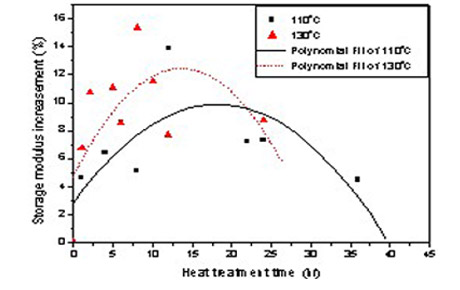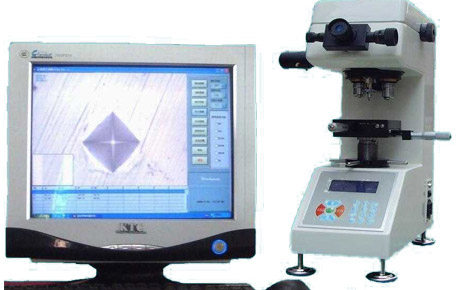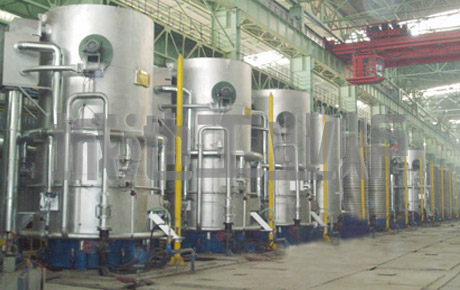The Heat Treatment Effects of time and temperature
Keywords:Heat Treatment Effects,temperature
The Heat Treatment Effects of time and temperature
Proper heat treating requires precise control over temperature, time held at a certain temperature and cooling rate.
With the exception of stress-relieving, tempering, and aging, most heat treatments begin by heating an alloy beyond the upper transformation (A3) temperature. The alloy will usually be held at this temperature long enough for the heat to completely penetrate the alloy, thereby bringing it into a complete solid solution. Since a smaller grain size usually enhances mechanical properties, such as toughness, shear strength and tensile strength, these metals are often heated to a temperature that is just above the upper critical temperature, in order to prevent the grains of solution from growing too large. For instance, when steel is heated above the upper critical temperature, small grains of austenite form. These grow larger as temperature is increased. When cooled very quickly, during a martensite transformation, the austenite grain size directly affects the martensitic grain size. Larger grains have large grain-boundaries, which serve as weak spots in the structure. The grain size is usually controlled to reduce the probability of breakage.
The diffusion transformation is very time dependent. Cooling a metal will usually suppress the precipitation to a much lower temperature. Austenite, for example, usually only exists above the upper critical temperature. However, if the austenite is cooled quickly enough, the transformation may be suppressed for hundreds of degrees below the lower critical temperature. Such austenite is highly unstable and, if given enough time, will precipitate into various microstructures of ferrite and cementite. The cooling rate can be used to control the rate of grain growth or can even be used to produce partially martensitic microstructures. However, the martensite transformation is time-independent. If the alloy is cooled to the martensite transformation (Ms) temperature before other microstructures can fully form, the transformation will usually occur at just under the speed of sound.
When austenite is cooled slow enough that a martensite transformation does not occur, the austenite grain size will have an effect on the rate of nucleation, but it is generally temperature and the rate of cooling that controls the grain size and microstructure. When austenite is cooled extremely slow, it will form large ferrite crystals filled with spherical inclusions of cementite. This microstructure is referred to as "sphereoidite." If cooled a little faster, then coarse pearlite will form. Even faster, and fine pearlite will form. If cooled even faster, bainite will form. Similarly, these microstructures will also form if cooled to a specific temperature and then held there for a certain time.

Most non-ferrous alloys are also heated in order to form a solution. Most often, these are then cooled very quickly to produce a martensite transformation, putting the solution into a supersaturated state. The alloy, being in a much softer state, may then be cold worked. This cold working increases the strength and hardness of the alloy, and the defects caused by plastic deformation tend to speed up precipitation, increasing the hardness beyond what is normal for the alloy. Even if not cold worked, the solutes in these alloys will usually precipitate, although the process may take much longer. Sometimes these metals are then heated to a temperature that is below the lower critical (A1) temperature, preventing recrystallization, in order to speed-up the precipitation.
More The Heat Treatment Effects of time and temperature:http://www.industrial-furnace.com/articles/Temperature_Heat_Treatment.html
Pre:None ,Next:Principle of bright annealing






